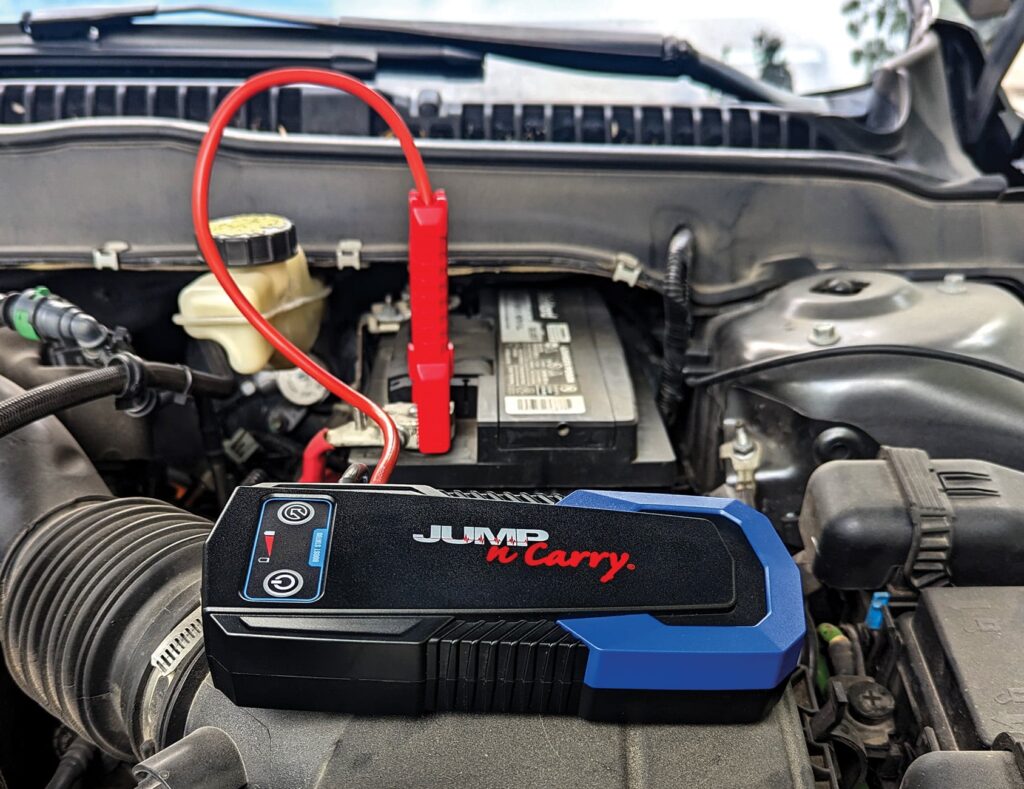
Why Car-to-Car Jump Starting Is a Bad Idea
Fifty years ago, there was no such thing as a battery jump box with its own, built-in rechargeable battery. There was no such thing as a portable jump starter tow truck operators could carry with them. Professionals were in the same boat as car owners: they had to rely on car-to-car jump starting when a battery didn’t have enough power to do the job on its own.
Car-to-car jump starting is a thing of the past thanks to modern jump starter products. Whether you might need a 12V or 24V jump starter, you have choices. You can even buy jump starters with extra features like built-in emergency lighting and USB power to charge electronics.
Buying the right battery jump box for your needs is another topic for another post. For the remainder of this post, let us talk about why car-to-car jump starting is a bad idea. At the top of the list is safety.
1. The Safety Concerns Are Real
It is important to note that car-to-car jump starting is completely safe if you know what you are doing. But there is a caveat: you need to really know. You cannot know most of the aspects and guess the rest. With today’s highly sophisticated onboard electronics, just getting one thing wrong could mean damaging a car’s electrical system.
That’s the big thing. Modern cars seem to feature more complex electrical systems every year. The more complex a car’s electrical system is, the easier it can be damaged by car-to-car jumping. Jump starting a car incorrectly could do significant damage.
The Personal Safety Issue
There is also the personal safety issue to consider. For example, it is never a good idea to connect cables between a running vehicle and a stranded vehicle. The vehicle brought in as the host vehicle should be shut off before cables are connected. Otherwise, there is the risk of getting a shock or causing damage to the host vehicle’s electrical system.
Also, personal safety precautions should be followed every time you’re working around vehicle batteries. These include wearing eye protection, removing all rings and other jewelry and other key steps. We wrote an article addressing this very topic here.
2. It Can Stress the Host Vehicle
Next is the reality that vehicle electrical systems are not really designed to support car-to-car jumping. Each car-to-car jump starting scenario puts stress on the host vehicle’s electrical system. Do it frequently enough and you can actually reduce the life of the host vehicle’s electrical system components.
At home, using one car to jump start the other is pretty common. But let’s say you do that, then immediately shut off the host vehicle and go back into the house. You may have gotten the stranded vehicle started, but, without letting your car run long enough to recharge its battery, you rick a no-start situation the next time you try to start the host vehicle.
3. It’s Just Not Necessary
Finally, car-to-car jump starting is a bad idea just because it is not necessary. Portable jump starters are affordable, available just about anywhere, and very effective. Best of all, they are not just for auto service professionals. Consumers can benefit greatly from investing in a quality jump starter.
Car-to-car jump starting used to be the only game in town. If a car was stranded with a dead battery, it had to either be towed or jumped with another car. Today, portable jump starters are everywhere. They are simply better than car-to-car jumping.
